Granite
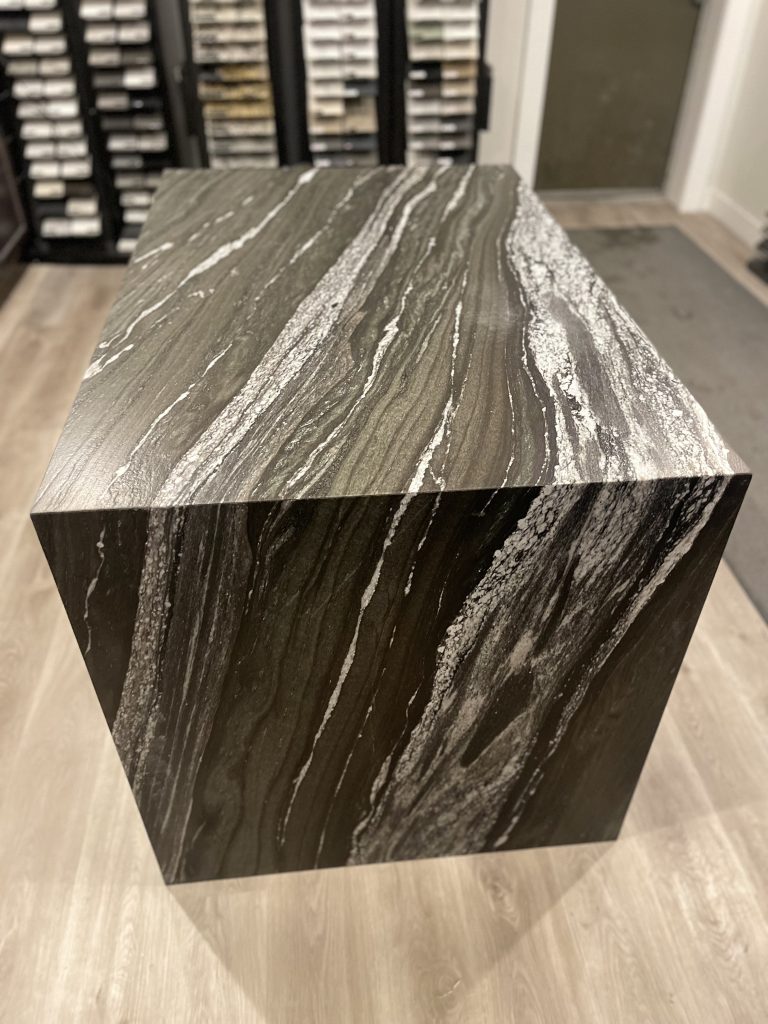
Granite is igneous rock with visible crystalline formation and textures. It is composed of feldspar and quartz, with small amounts of mica and other minor minerals. Granite crystallizes from magma that cools slowly, deep below the earth’s surface. The rate of cooling gives rise to various crystal grain structures. Typically, the slower the lava cools, the larger the crystals become. Granite, along with other crystalline rocks, constitutes the foundation of the continental masses, and it is the most common rock exposed at the earth’s surface. Granite has greater strength and hardness than sandstone, limestone, and marble. Gang saws take up to 6 days running 24 hours a day to slice through a block. The variance in color patterns from block to block can be significant. Granite as a countertop surface provides one of the most attractive and durable surfaces available. It is highly resistant to scratches, stains and heat and will last a lifetime. Granite does not harbor bacteria and resealing is only needed when water stops beading on the counter surface.
Quartz

Man-made quartz is an engineered slab material that is completely formed in a factory setting. It uses quartzite that is ground up and combined with proprietary resin formulas and specialized equipment. While the bulk of material is usually in the area of 90%natural quartz the slabs are held together by the resins. Depending on a particular manufacturer’s recipe and goals for coloring there will be various amounts of other materials like polymers, pigments and often things like ground glass, mirror or metals to give sparkle and translucence. In recent years, manufacturers have developed technologies to mimic the characteristics of marble and other natural stones. These tend to be more expensive because the look of natural stone is much harder to make repeatable in a factory environment. But there are some very good products out there now, especially in the marble look-a-like categories. The overall hardness of these materials is excellent and they are largely non-porous. Which means this type of material does not need sealing. Being non-porous does not mean these materials are “stain-proof”, but they will resist most staining. However, more caution is needed when it comes to heat. The resins in man-made quartz can discolor if exposed to heat; not only intense heat over a short time but heat applied to the same area over an extended period. So for instance if you have a favorite spot you like to place your cookie sheet just out of the oven; even though the heat of a cookie sheet is comparatively not that hot, over time you could see some discoloration. So for man-made quartz it is generally recommended to use heat guards on your countertops. Overall, man-made quartz has been established as a very reliable and beautiful product.
Quartzite
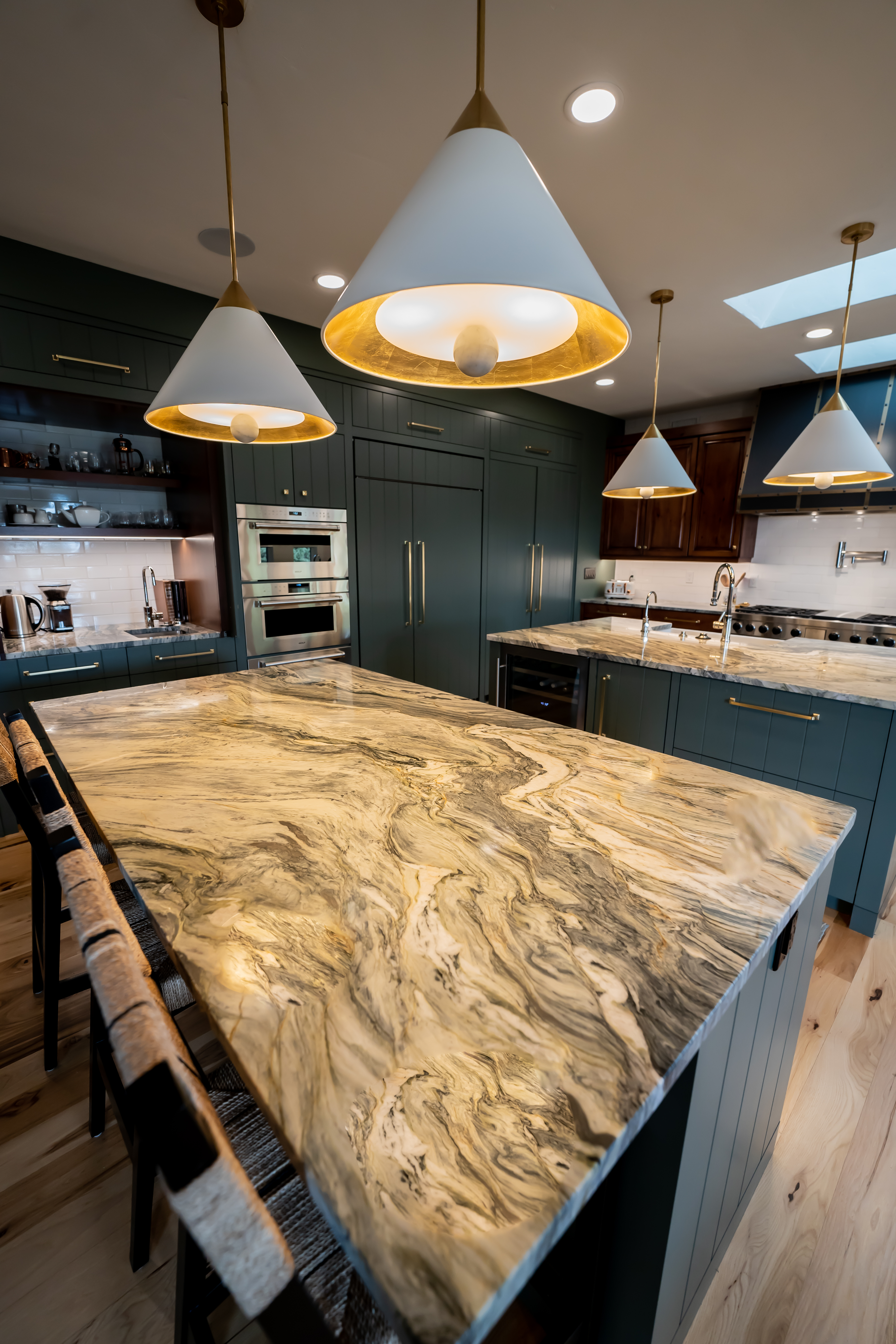
It is easy to be a little bit confused between man-made quartz and Quartzite. Quartzite is a natural stone that is used to make man-made quartz, but is now available in large, elegant slabs. Quartzite is a metamorphic rock composed almost entirely of quartz. It forms when a quartz-rich sandstone is altered by the heat, pressure, and the chemical process of metamorphism. Metamorphism recrystallizes the sand grains and binds them together. It is popular for giving the appearance of marble with the hardness of granite.
Marble
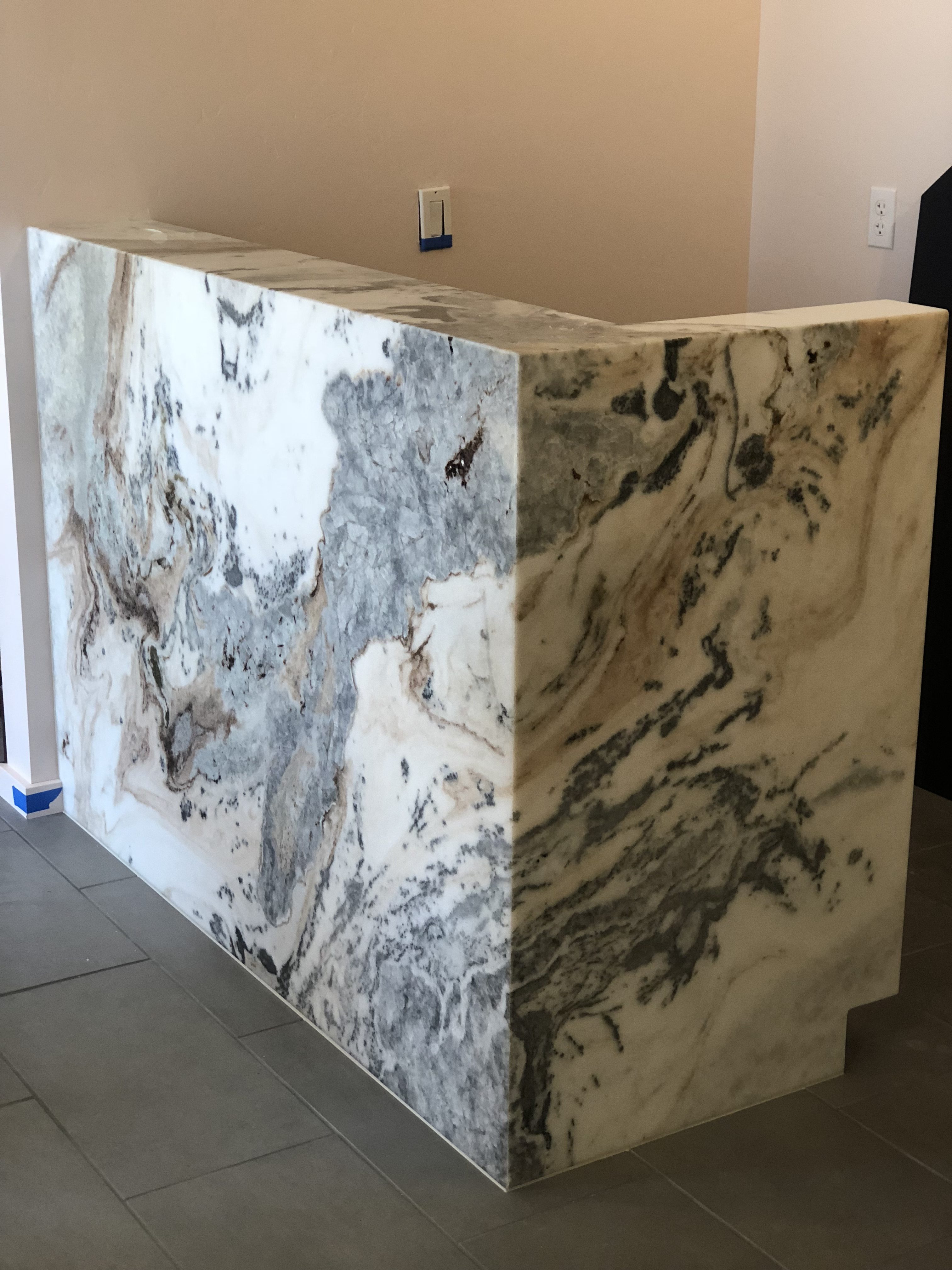
Marble is metamorphosed limestone, composed of very pure calcium carbonate. The softness of marble and its consistency makes marble very desirable for sculpture and building. Marble is essentially limestone that has been subjected to much higher amounts of temperature and pressure during its metamorphosis. Three primary locations for marble are Carrara Italy, Pentelicus Greece, and Proconnesus Turkey. Marble may be subject to stains from acidic foods and juices, but many new sealers help to retard staining. Typical uses include floors, wall coverings, tabletops, bathroom walls, floors, vanity tops and showers. There is no doubt, in the hands of the right designer, Marble can make a most stunning statement in your home.
Soapstone
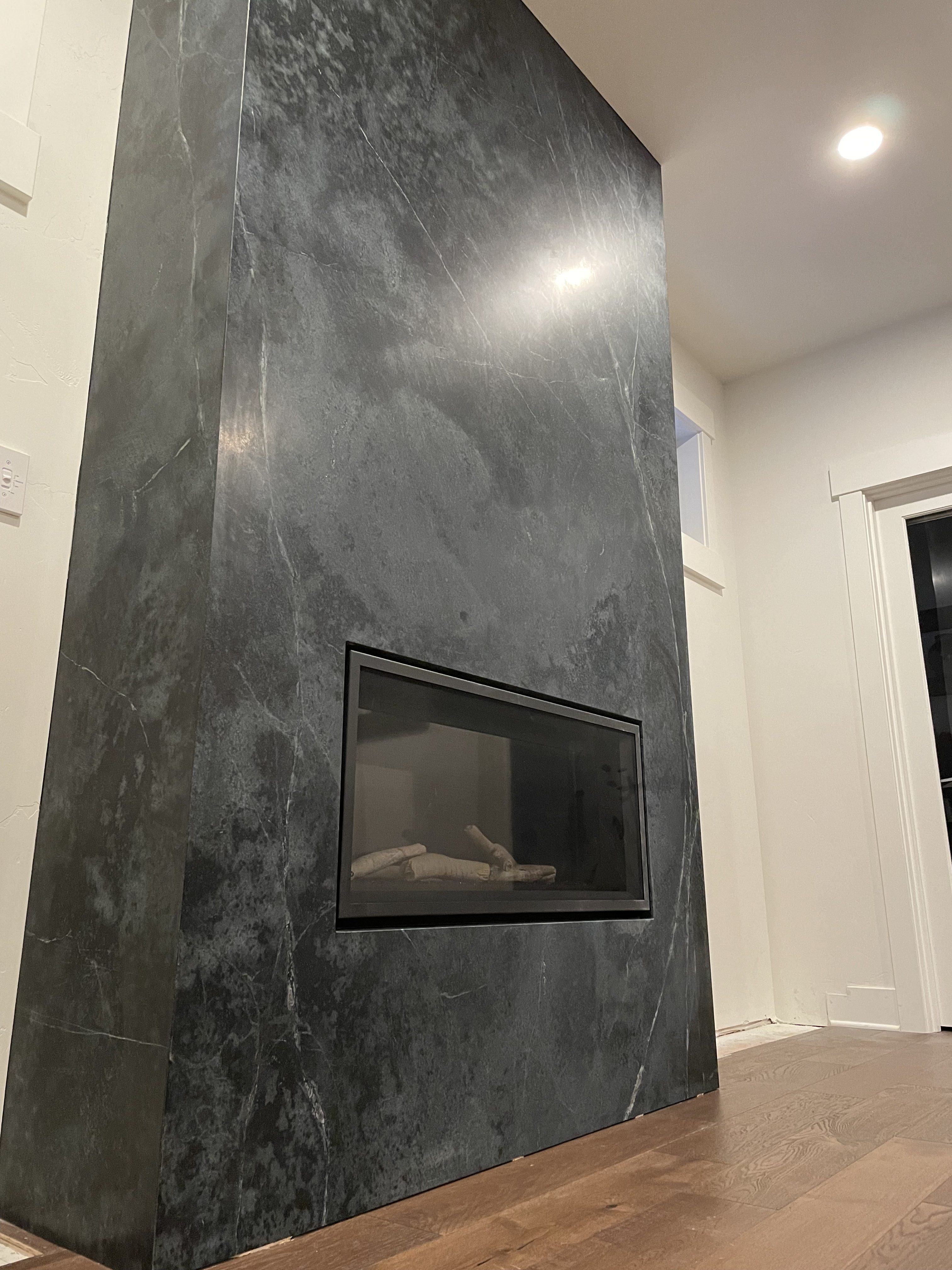
Technically called Steatite by geologists, soapstone is a very dense variety of talc, formed from the composition of talc and other minerals during rock metamorphosis. It is principally gray or gray/green in color, with varying degrees of white veins of pure talc. Soapstone is best known for having a soapy feel – hence the name. Soapstone has traditionally been used in America for centuries .First found by Native Americans, domestic soapstone derives geologically from a line of talc and accompanying mineral deposits running along the Appalachian Mountains from New England to Georgia. While easy to fabricate, soapstone also provided these early users with superior thermal properties and natural acid resistance. Colonial fireplaces were in fact lined with soapstone and farmhouse box sinks could be fashioned by the settlers themselves from its slabs. Today, we enjoy many of these same great properties, and once again, soapstone has become a popular material of choice in American homes. With countertops and bar tops where products like vinegar, wine or lemons are present, soapstone’s acid resistant properties are essential.
Porcelain
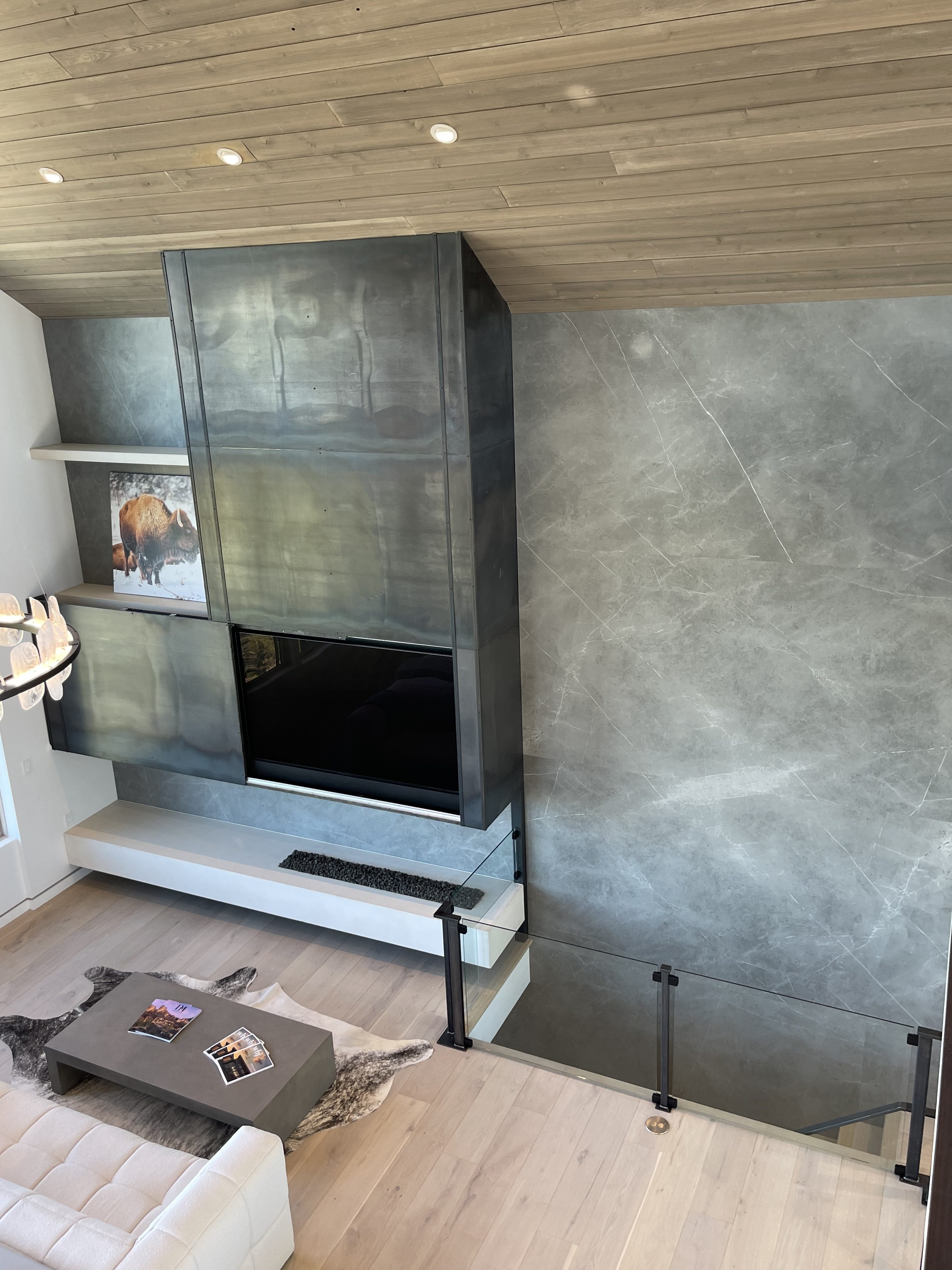
Large slab porcelain has been gaining popularity in the last few years. Porcelain is a ceramic material made by heating clay, felspar, and silica materials to very high temperatures. The natural vein patterns and textures are very convincing and beautiful because of highly repeatable, high resolution “ink-jet like” printing technologies. It is also non-porous and can handle heat very well. The trade-off for this material in countertops can be summed up in one word; “edges”. Because it is thin, a drop edge(bevel) is required to give your countertop the appearance of thickness. Porcelain is the closest replica of natural marble without the upkeep. Besides countertops, it can be used for shower walls, flooring, and outdoor applications.